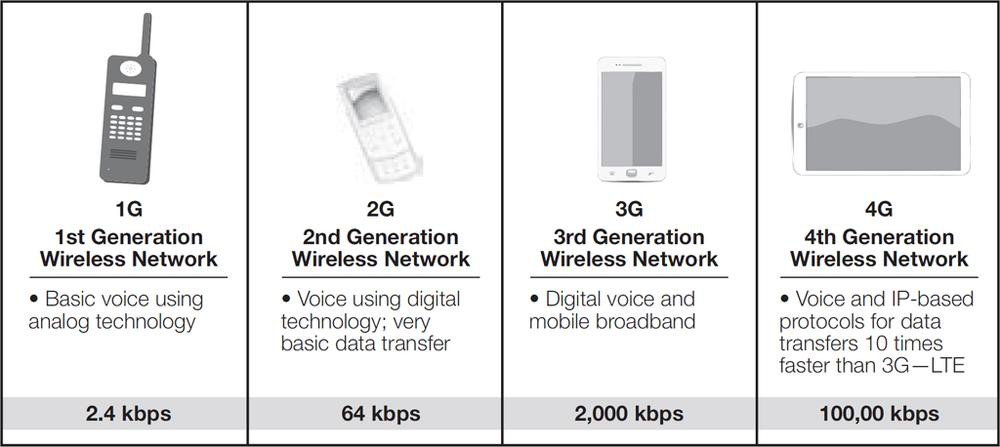Advancement came in the form of General Packet Radio Service (GPRS) or 2G +, a packet-based data service for mobile networks, which made steady improvements on mobile data rates. With improved data rates, the next iteration of GPRS, GPRS +, became the first feasible way to access the Internet over mobile networks.
The introduction of 3G, however, removed any doubt as to the ability of mobile networks to facilitate high-speed packet-switched Internet access. Its fast download speeds and connection rates made 3G an extremely convenient way to connect to the Internet. Suddenly, a technology that had appeared stalled after 10 years with little improvement found its market. The new 3G took off spectacularly with the advent of a new breed of smartphones. Full high-speed Internet access over mobile networks quickly became consumers' expectation.
Mobile operators keen to leverage their products launched 3G wireless access points and routers for remote sites where no wired or radio backhaul existed. Laptops became truly mobile, thanks to the use of 3G subscriber identification modules (SIMs) for access anywhere, anytime. This newfound mobility brought a new product to the market: lightweight netbooks designed specifically for Internet access over 3G.
After 3G technology came Long Term Evolution (LTE), which offers an all-IP mobile network. This 4G technology is currently the predominate mobile offering.
The generations of mobile technologies.

Mobile telecom operators were not alone. Other wireless technologies, such as satellite and WiMAX, were making an impact. These provided high-speed Internet connections over a wide metropolitan area or even an entire continent.
By the turn of the decade, security professionals' worst fears were coming to pass. Mobile IP wireless technology had finally come of age and was accepted, not only as an access medium inside the network, but as a method for remote access from anywhere across a wide variety of devices and access types. Worse from a security standpoint, in 2012 Mobile IP became a business strategy after users demanded that IT support their mobile data devices. Despite IT's well-founded security concerns, the business benefits—along with overwhelming demand to use one's own personal device rather than one assigned from IT—led to the birth of the the bring your own device (BYOD) phenomenon. BYOD caused a major shift in IT policy.
Note : Satellite technology uses low-altitude satellites that relay information from terrestrial stations. Download rates are not bad, but data uploads can be very slow and consume a great deal of power. The advantage of satellite technology is that it can be used almost anywhere. Worldwide Interoperability for Microwave Access (WiMAX) is a method of providing wireless broadband access for voice and data.
Taken from : Wireless and Mobile Device Security


0 comments:
Post a Comment